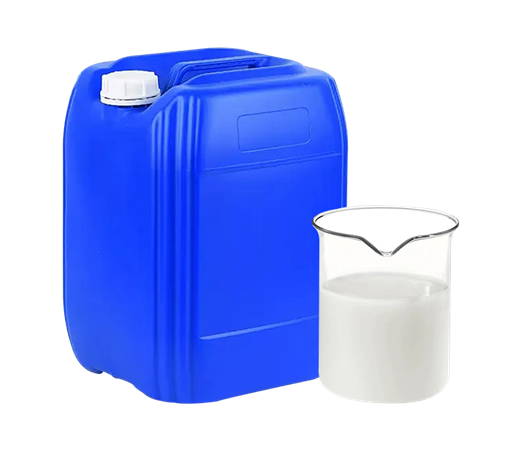
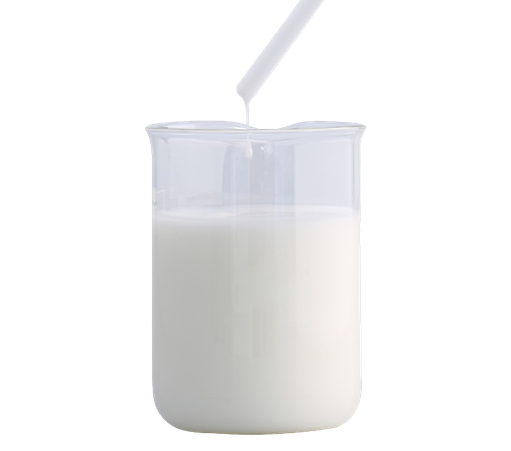


Defoamer is an additive to remove foam. In the production andapplication process of coating,textile,medicine, fermentation.paper making, water treatment and petrochemical industry, alarge number of foams will be produced, which will affect theproduct quality and production process, Based on the suppressionand elimination of foam, a specific amount of defoamer is usuallyadded to the production.
|
Appearance |
Milky white liquid |
|
Type |
Non-silicon defoamer Polyether defoamer Silicone type defoamer Polyether modified silicone defoamer |
|
Viscosity (25℃) |
1000-4000mpa.s |
|
Applicable Temp |
5℃ – 100℃ |
|
pH Value |
6.5-8.5 |
|
Active Content ≥% |
10 |
|
Water Solubility |
Easily soluble |
|
Stability |
No stratification |
|
Ionic |
Non-ionic |
|
Place of Origin |
Henan, China |
|
Usage |
Removes bubbles from industrial and domestic wastewater |
|
Brand Name |
Lvyuan |
|
Product name |
Ferrous Sulfate Heptahydrate (Ferrous Sulphate Heptahydrate) |
|
Package |
25kg small blue barrel/ton barrel |
|
Effective storage life |
12 month |
25kg/barrel or ton barrel
Defoamer is an additive to remove foam
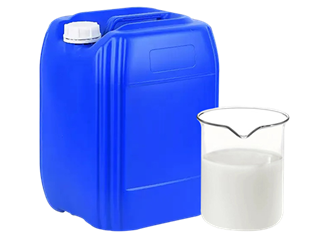
>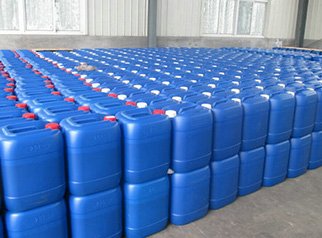
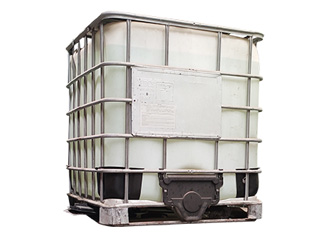
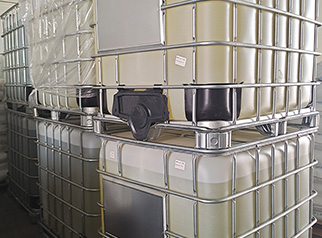
Defoamer is widely used across various industries for foam suppression and elimination. It is suitable for the following application fields:

1.Shake or stir the defoamer thoroughly before use to ensure uniform composition.
2.It can be added directly to the foaming system or diluted in advance as needed.
3.Add the product at locations where foam is most concentrated or likely to form for best results.
4.Recommended dosage: 0.05% to 0.3% of the total liquid volume. Exact dosage should be determined through on-site testing.
5.Can be added continuously (online dosing) or intermittently depending on equipment and process requirements.
1.Conduct a small-scale test before use to confirm compatibility and effectiveness.
2.Store in a cool, dry, and sealed place. Avoid direct sunlight and high temperatures.
3.Slight layering or sedimentation after long-term storage is normal—stir well before use.
4.Avoid mixing with strong acids, alkalis, or oxidizing agents.
5.In case of eye contact, rinse immediately with plenty of water and seek medical advice.
Q1: What is the difference between a defoamer and an antifoaming agent?
A1: A defoamer is designed to quickly eliminate existing foam, while an antifoaming agent primarily prevents foam formation. Most industrial defoamers have both functions.
Q2: Will the defoamer affect my process or product quality?
A2: When selected and dosed properly, defoamers will not negatively affect your process or product quality. Compatibility tests are recommended beforehand.
Q3: Can defoamers be diluted? What is the best way to dilute them?
A3: Some defoamers can be diluted with water, depending on the product type. Add water slowly while stirring to prevent emulsion breaking. Use diluted product promptly.
Q4: Why is the defoaming effect sometimes unsatisfactory?
A4: Possible reasons include: incompatible product, insufficient dosage, incorrect dosing point, or unusual foam composition. It's best to consult technical support for optimization.

Please contact us for free quotation by form below. We promise the quickest response within 24 hours: